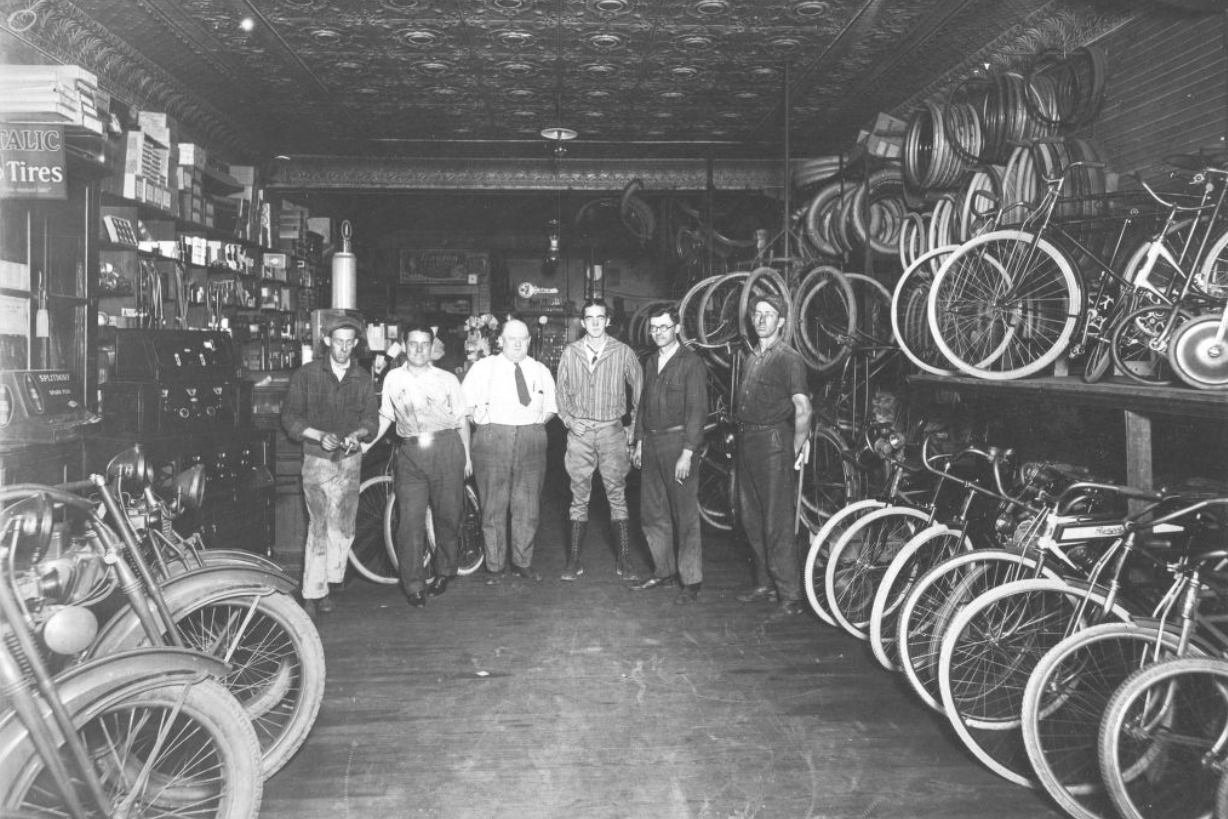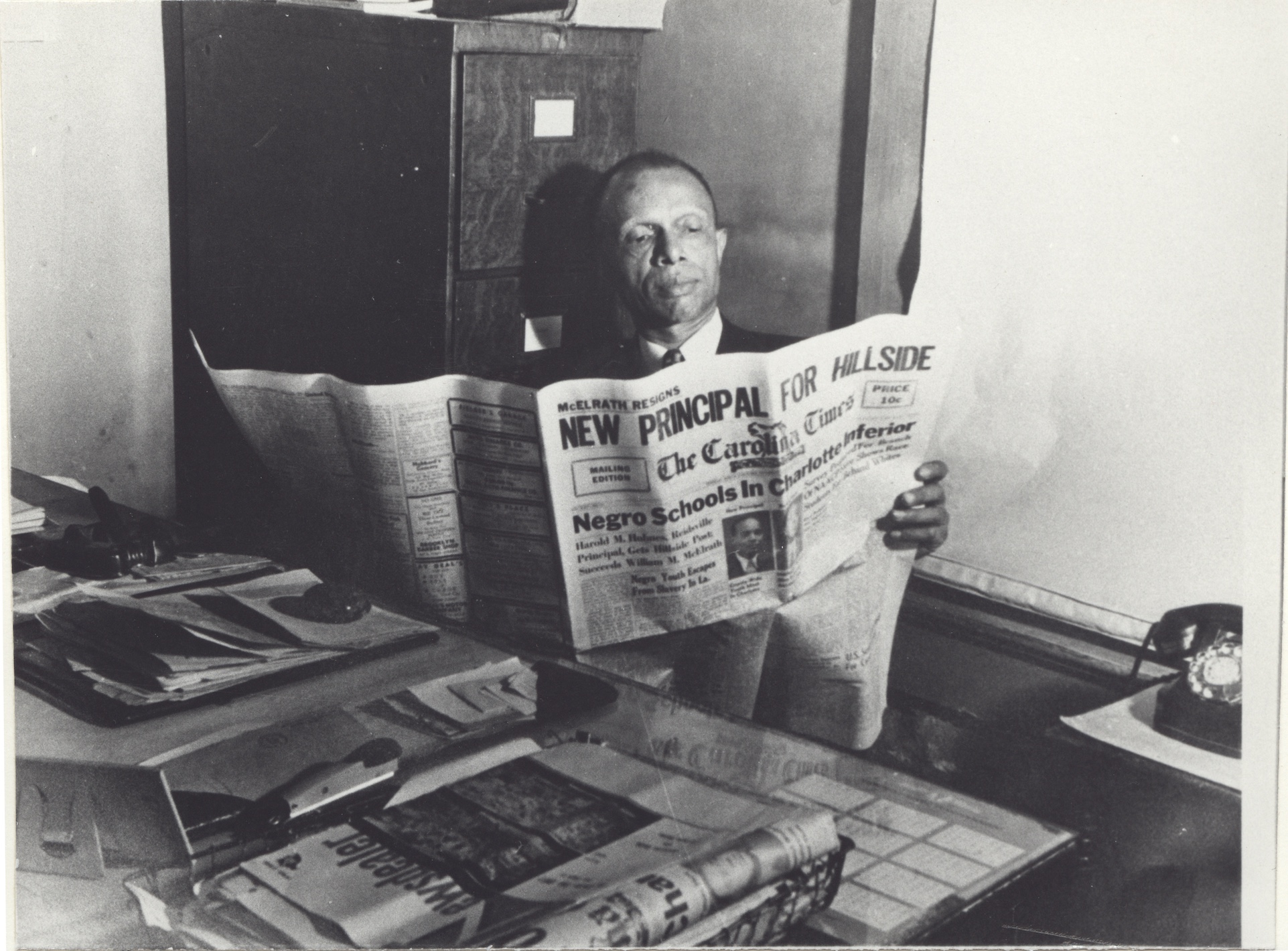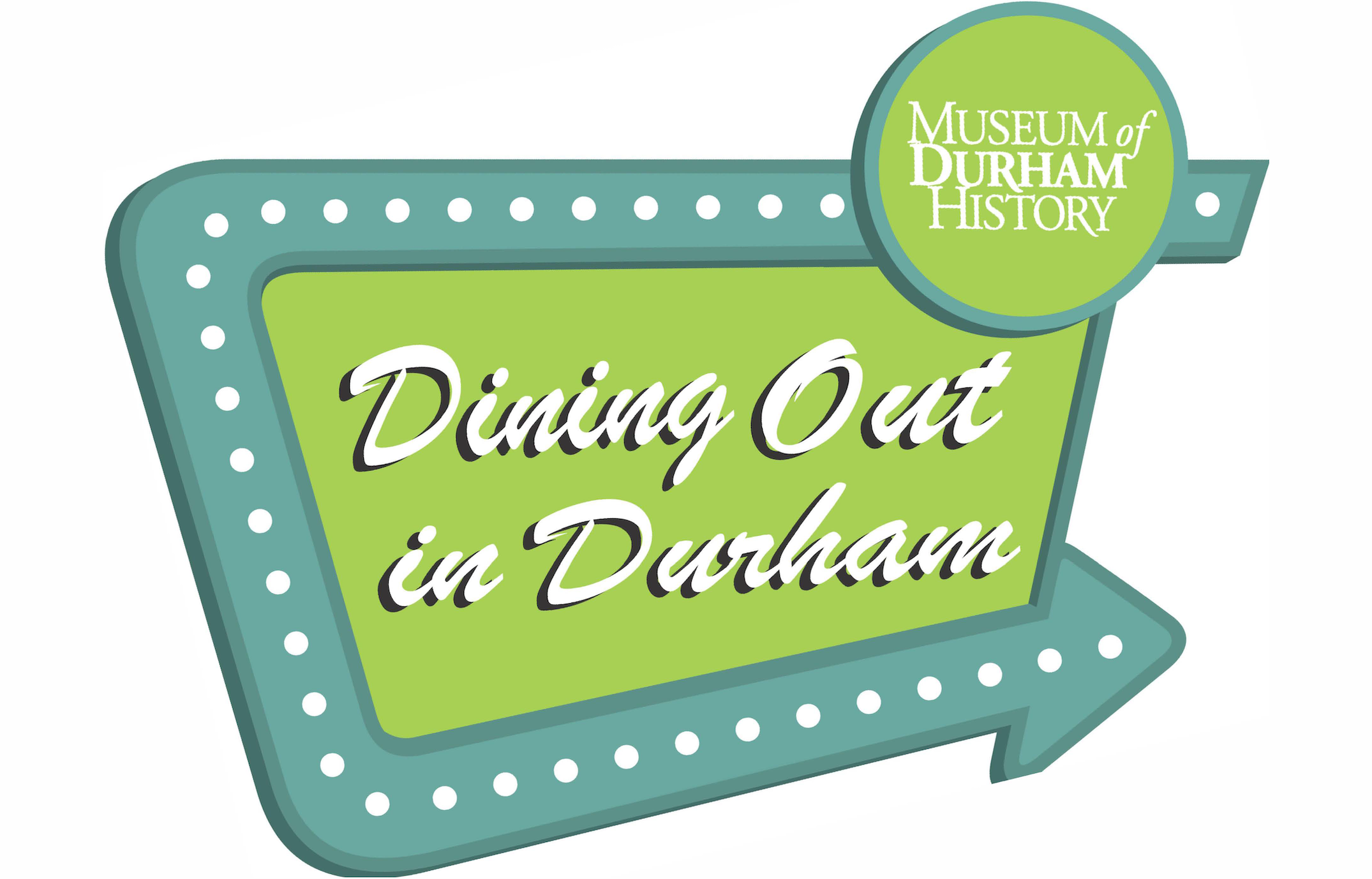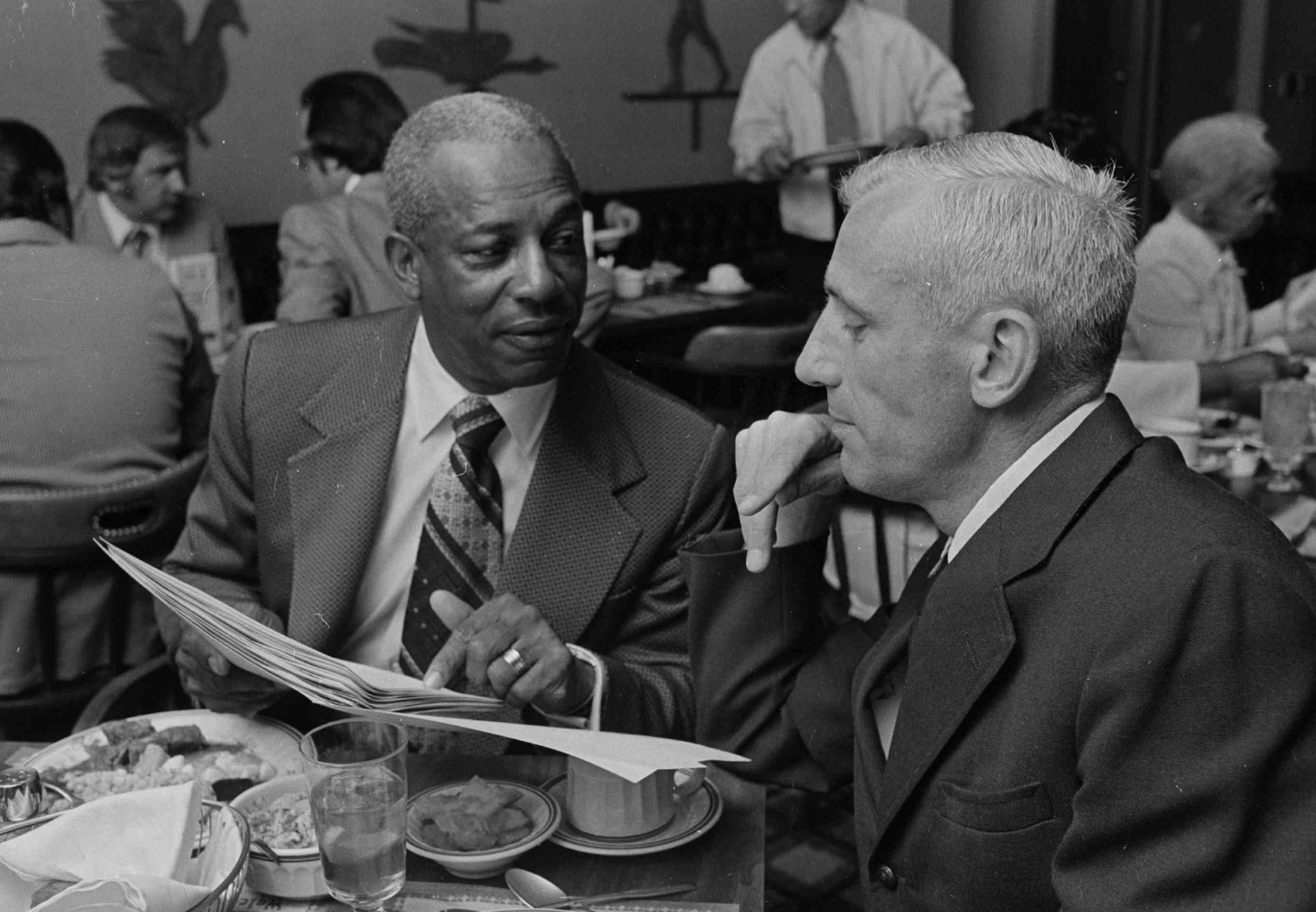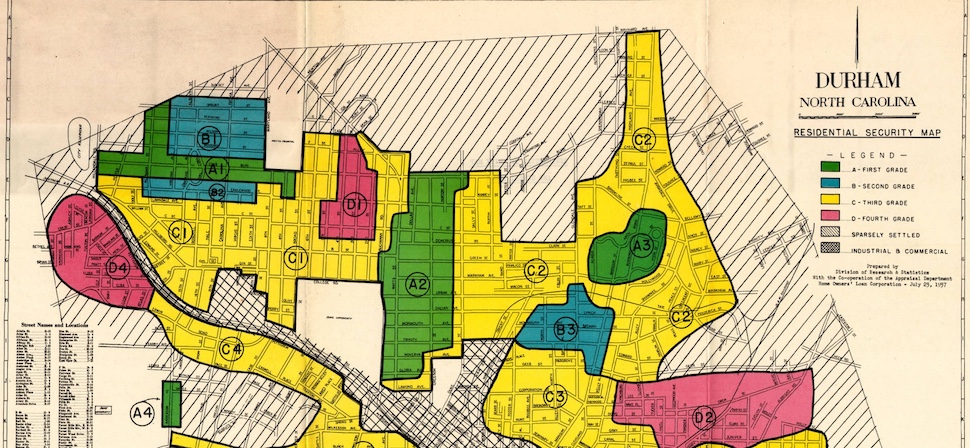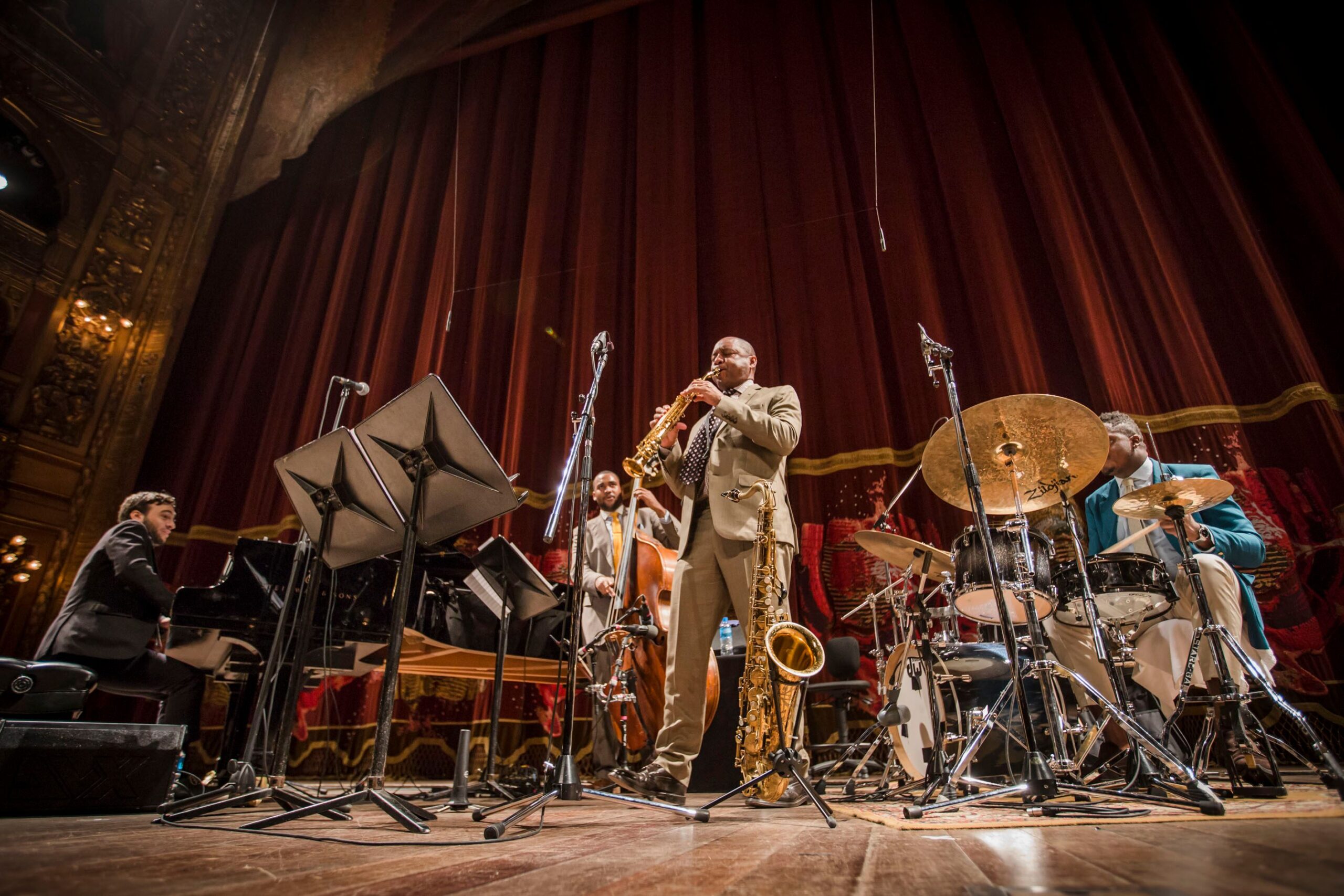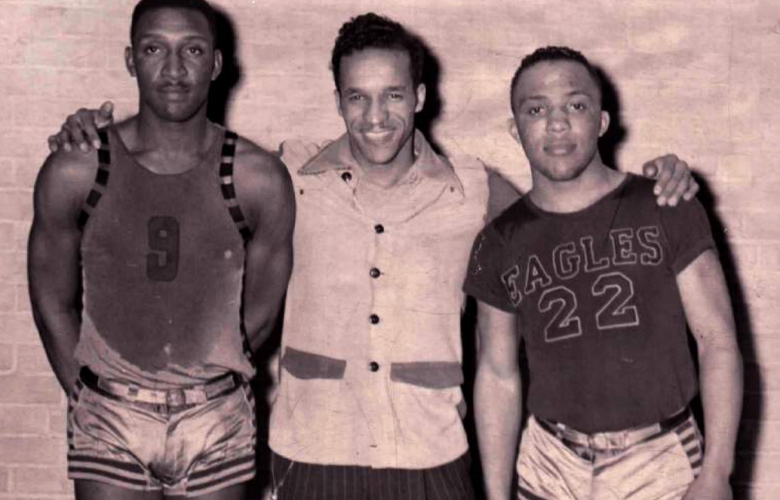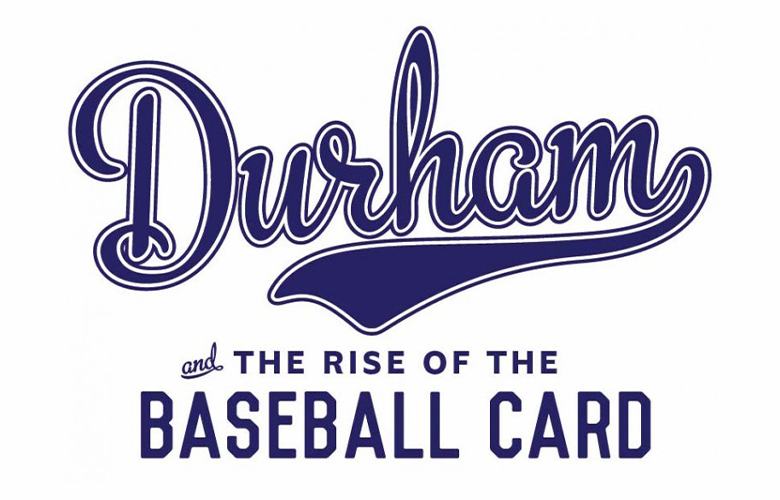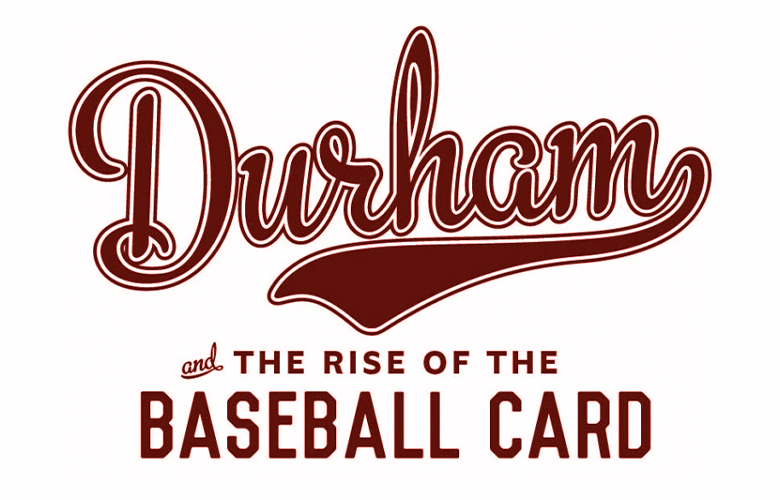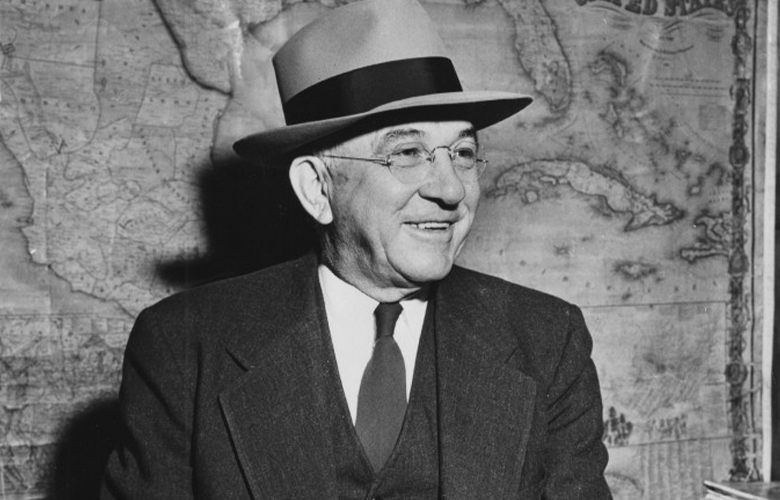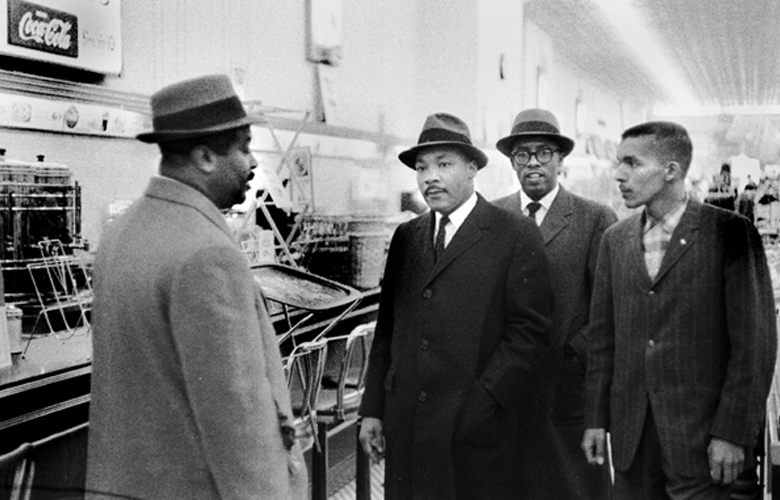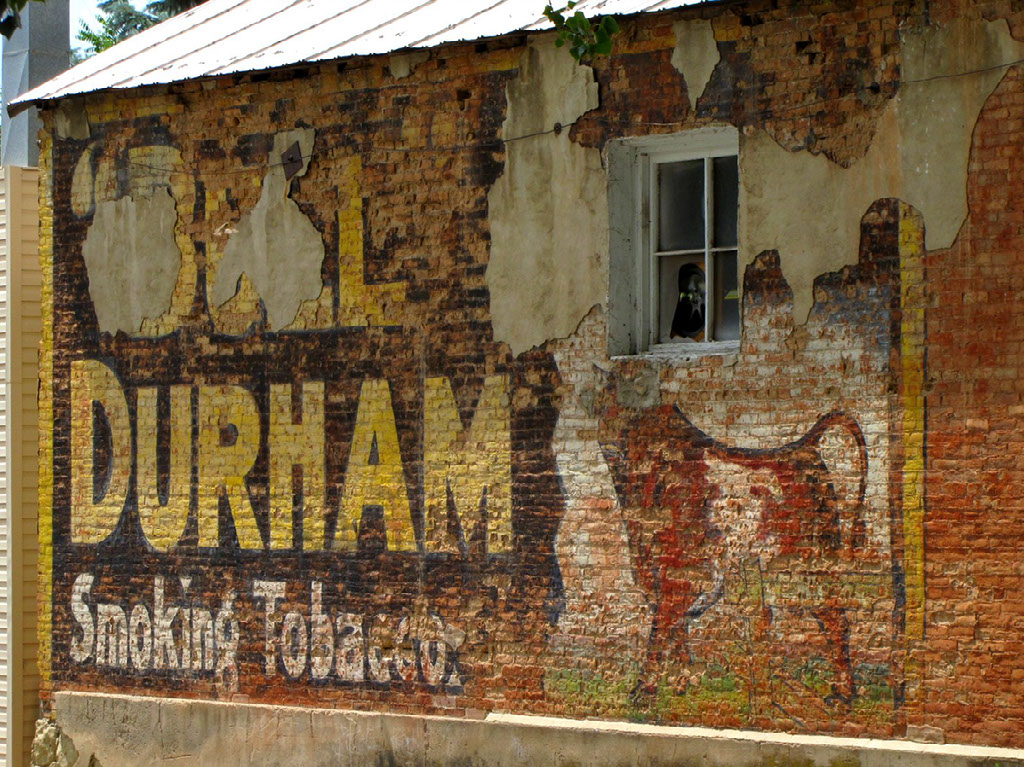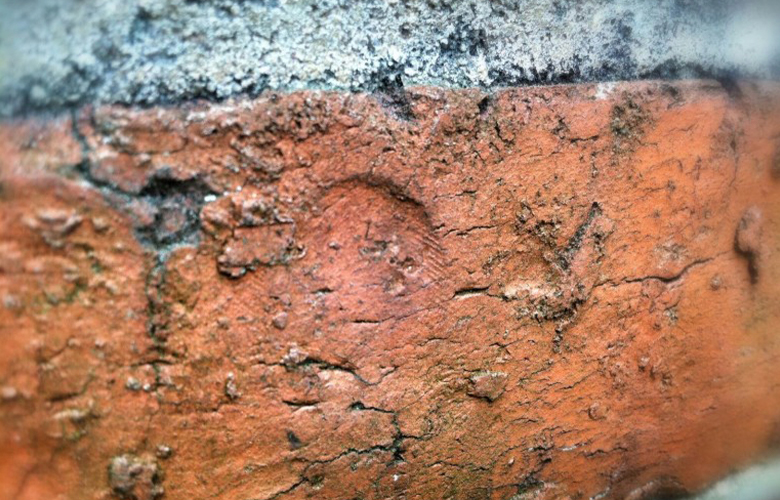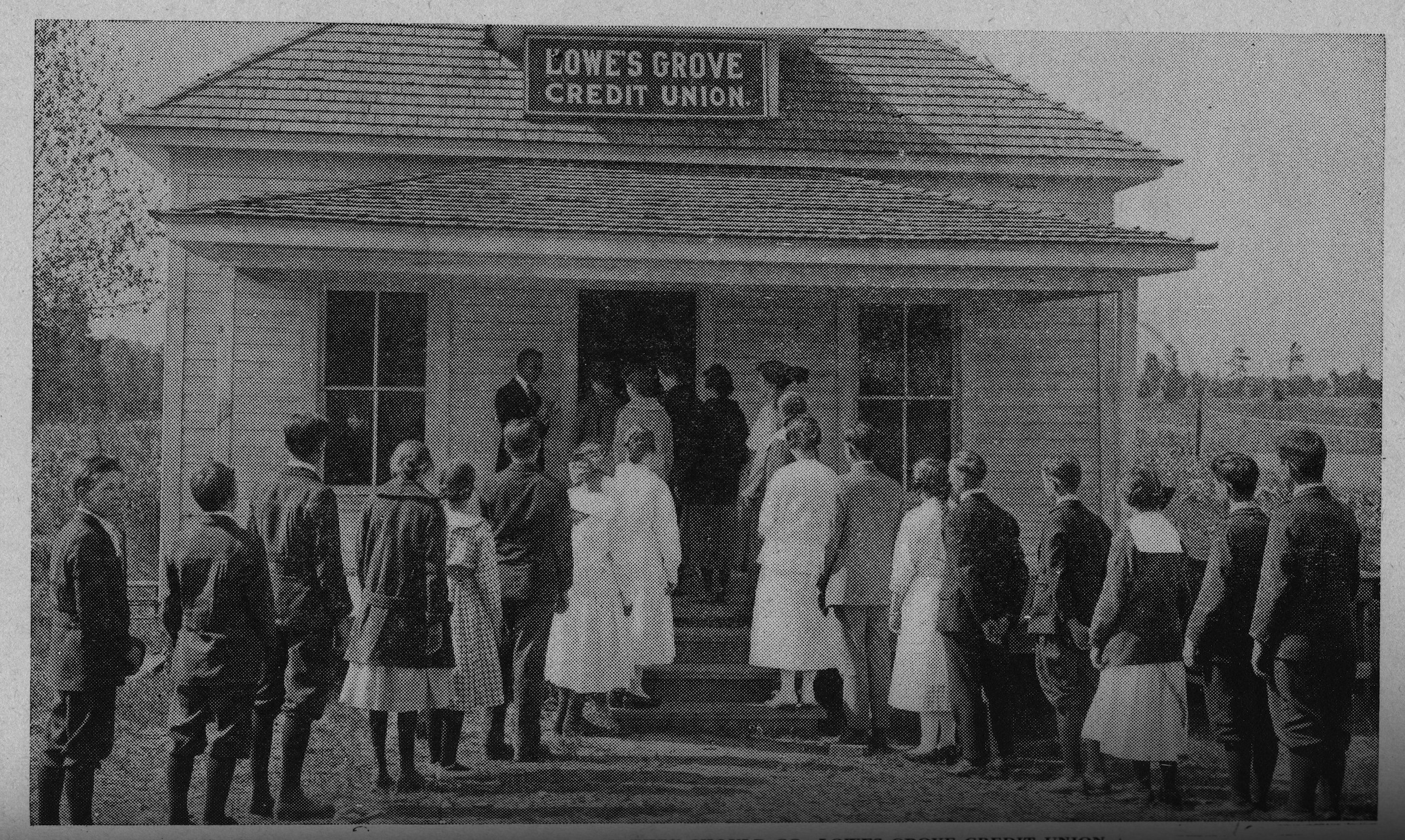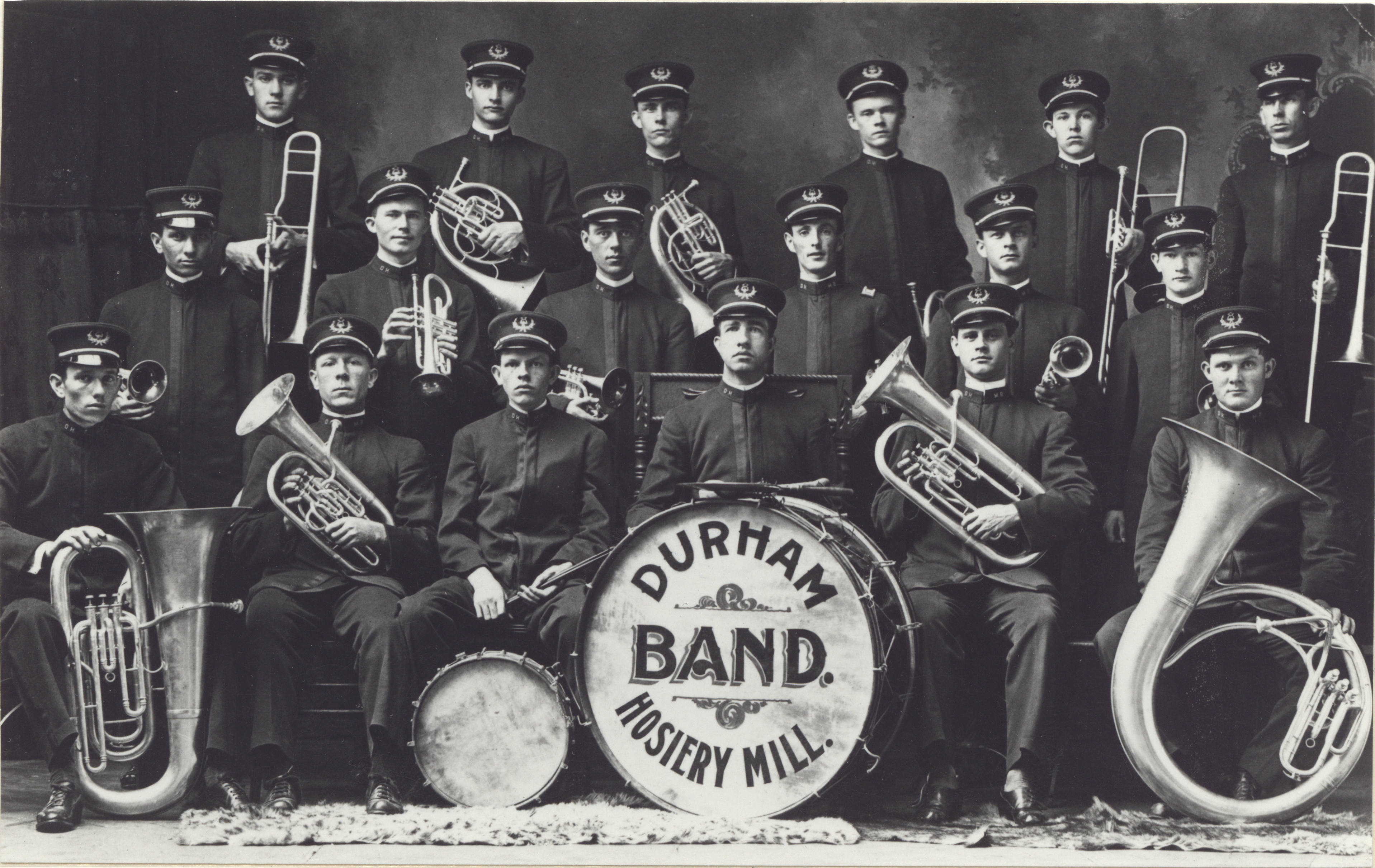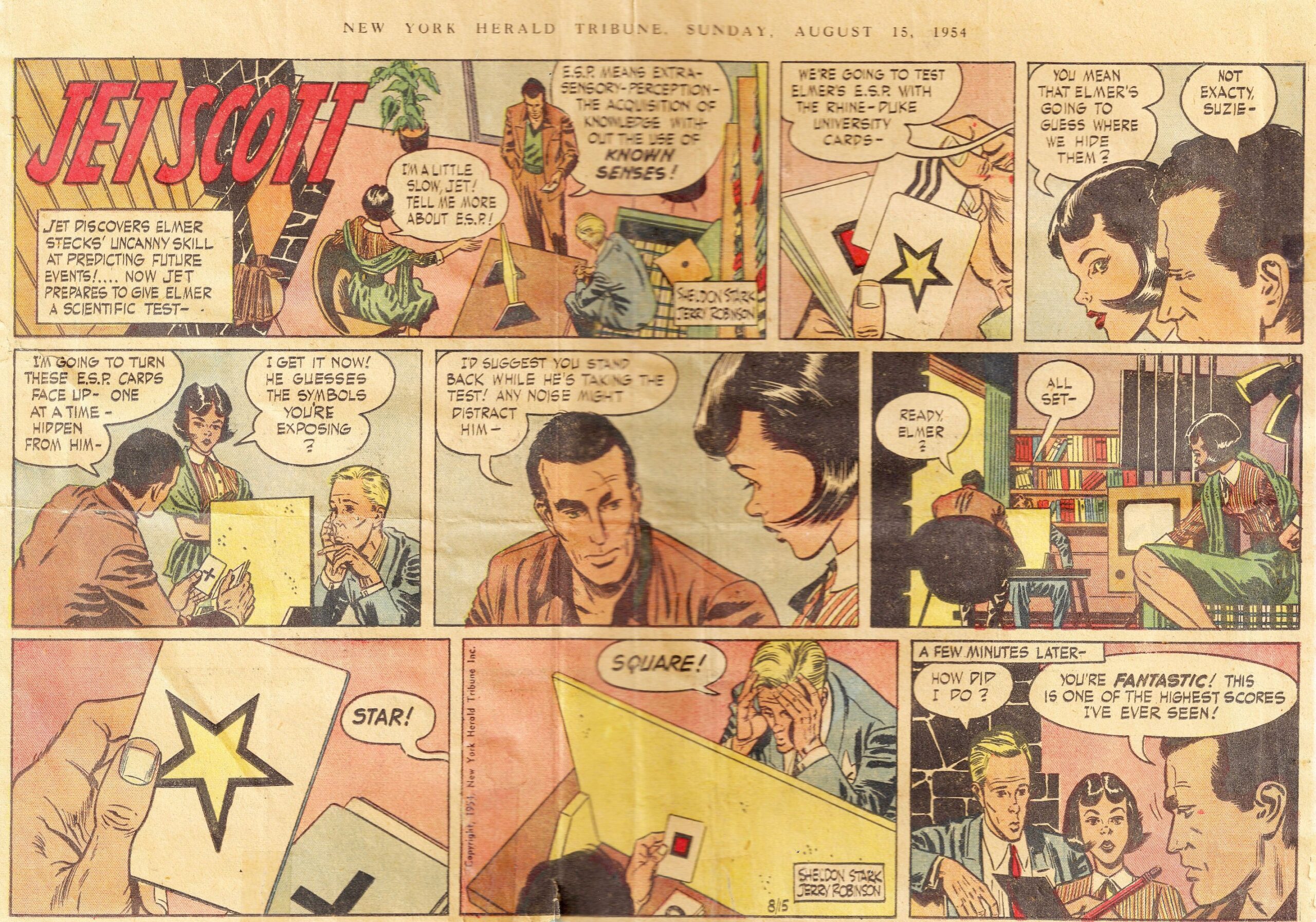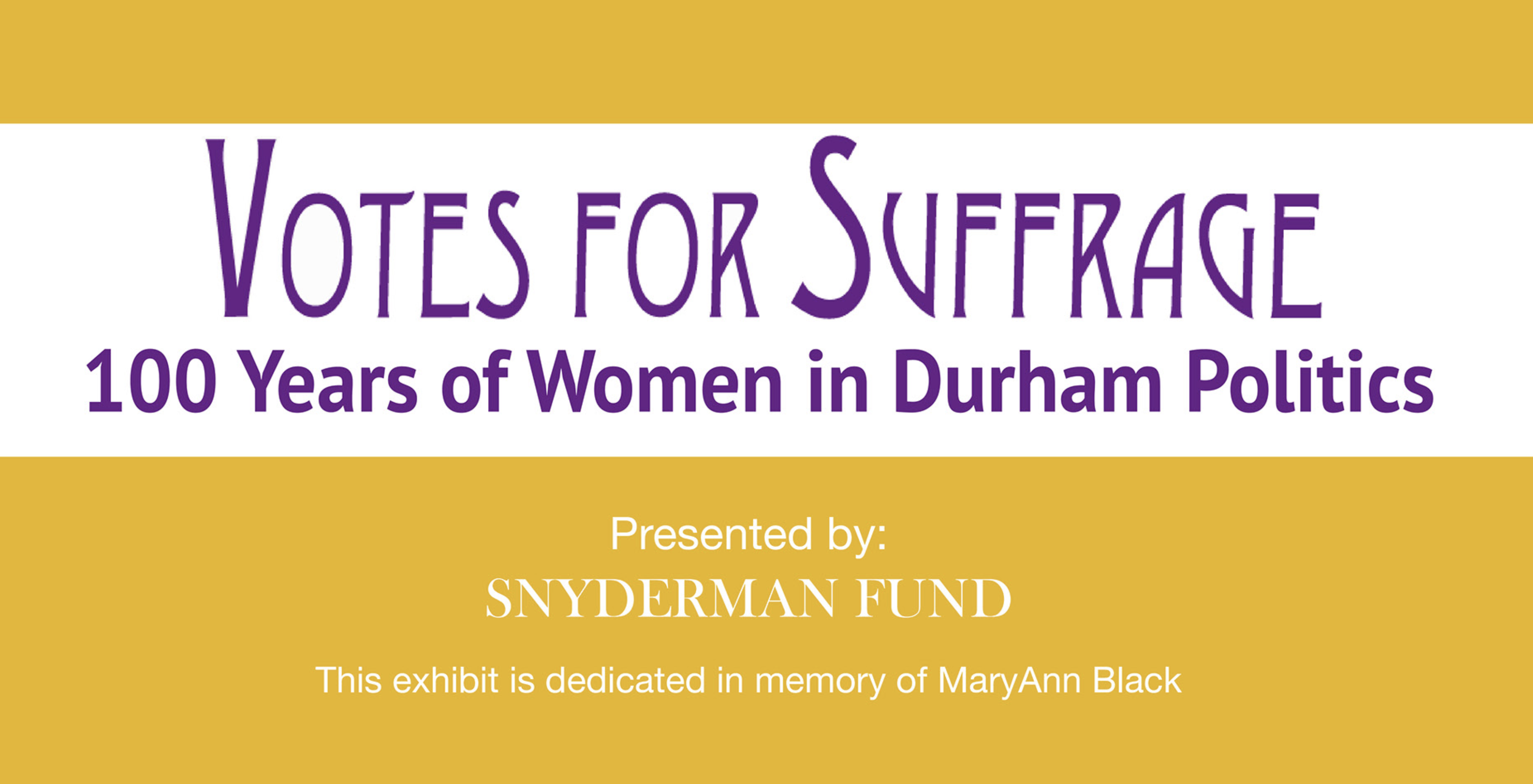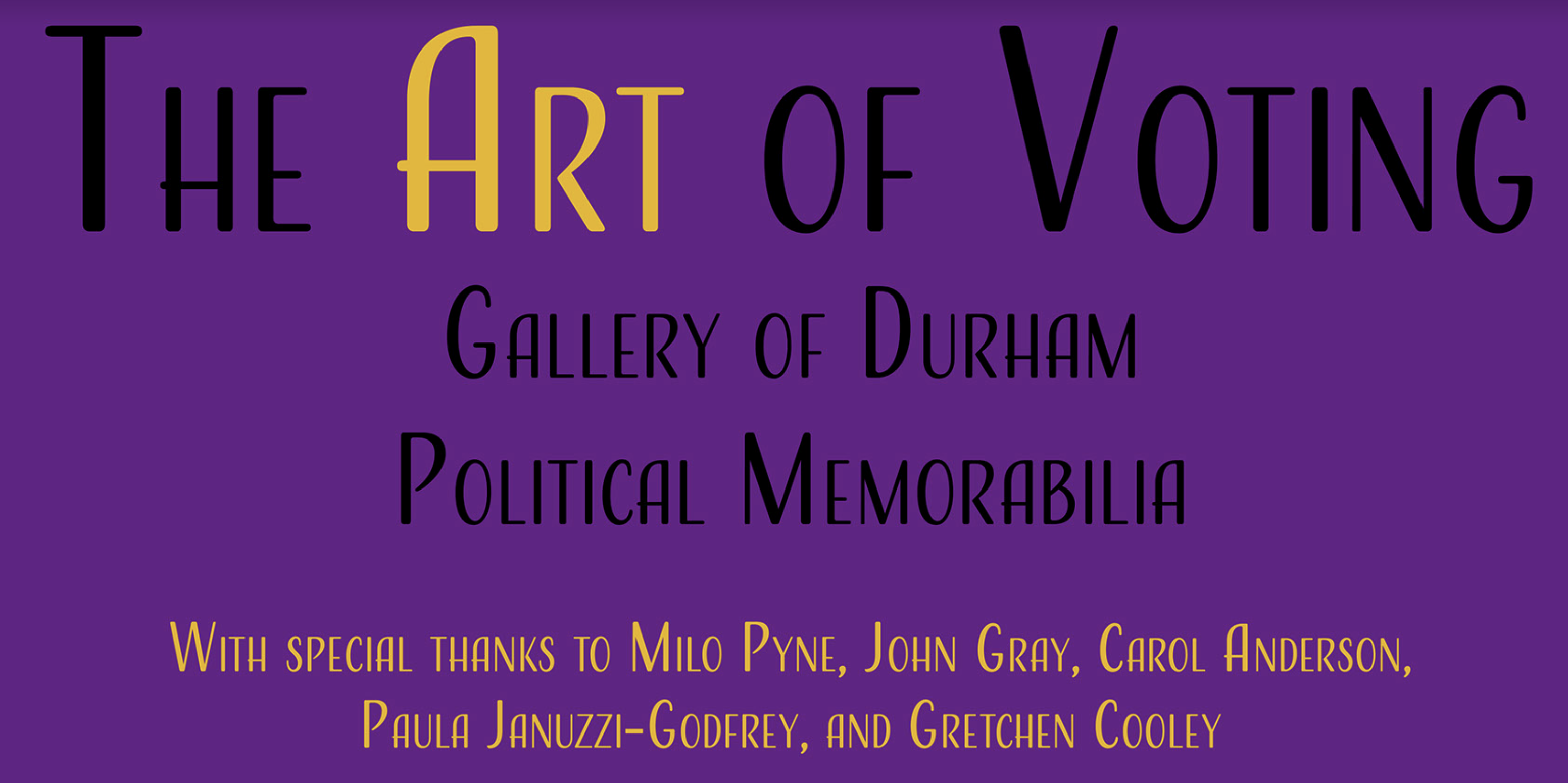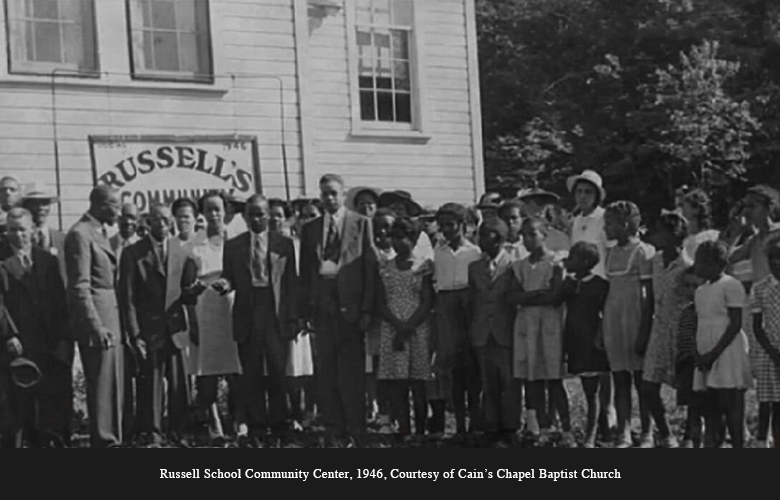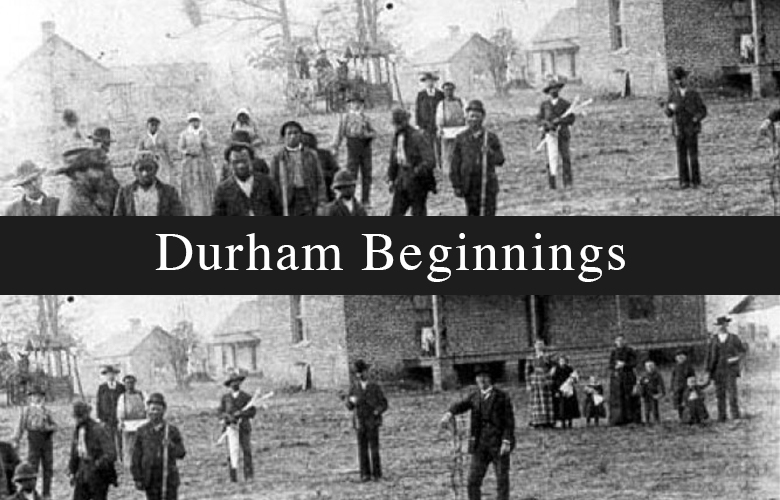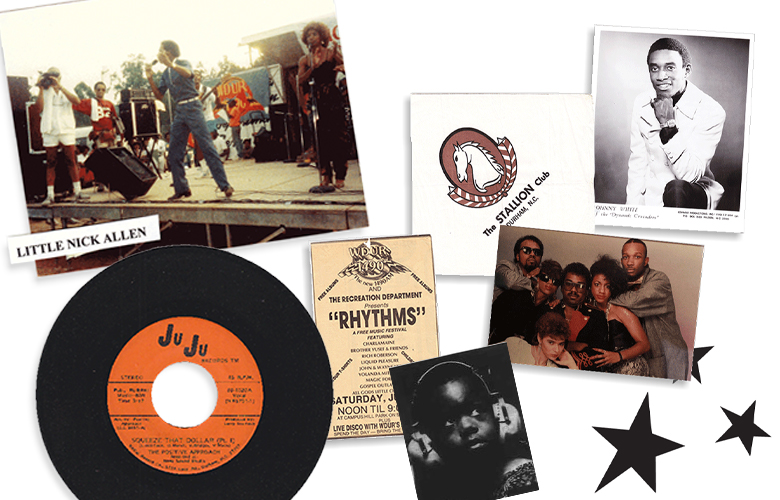
Learn - Online Exhibits
Missed out on seeing an exhibit at MoDH? Check back regularly as we continue to archive our exhibits. Click below to explore!
One of Durham’s most interesting historical figures, Sidney Edgar “S.E.” Rochelle (1878-1960), was a veteran, an entrepreneur, and most notably, a motorcycle enthusiast. This exhibit explores his impact on Durham's auto-sports scene and his legacy to this day.
Editor and publisher of the Carolina Times from 1927 to 1971, Louis Austin was a key leader in the civil rights struggle in North Carolina. He helped found the Durham Committee on Negro Affairs (1935) and was an architect of the first lawsuit to challenge segregated public education in the South (1933). He organized the first integrated football game in the South, in 1947. He always sought to tell "THE TRUTH UNBRIDLED".
Durham’s culinary culture is an eclectic mix of both traditional southern food as well as international cuisine. This exhibit highlights some pioneering and prominent eateries and important firsts for Durham restaurants from the 1800s to the present, as well as the efforts of individuals who fought to bring the community together at the table.
Dr. LeRoy Walker and Al Buehler became friends at the height of segregation in the South, forming a brotherhood that would change the history of track and field. Few may be familiar with how Durham’s track and field community, behind the leadership of Walker and Buehler, was such a force for change in race relations.
Durham's maps have changed a lot over the past 150 years. This exhibit explores the geographical and political influences that shaped the Durham we know now.
The partnerships between local institutions, North Carolina Central University (NCCU) and Duke University, combined with an eager community, have created a historically nourishing musical atmosphere in Durham. Durham has contributed hundreds of talented musicians to the jazz world and shows no sign of stopping any time soon.
John McLendon came to Durham in 1937, and in 1940 took over as head coach of North Carolina College, now North Carolina Central University. He introduced his unique brand of basketball, which included the full-court zone defense and four corners delay offense. Later in his career, McLendon became the first African American head coach in a major professional league, with the American Basketball League’s Cleveland Pipers.
Baseball cards as we know them today began their life as advertising tools.
Las tarjetas de béisbol de hoy tuvieron sus inicios como herramientas publicitarias.
Many in Durham have heard the Teer name, but few know the backstory of the man and company he founded. A crippling injury, clashes with Jim Crow-era violence, Blue Ridge Parkway contribution, even Cherry Point rattlesnakes — these are just a few of the details found in a tale that spans more than a century and extends to countries around the world.
Dr. King made several visits to Durham between 1956 and 1964 and gave six speeches, including his “Creative Protest” address at the White Rock Baptist Church in 1960. A Creative Protest these speeches in relation to the Civil Rights Movement at the local and national level. This exhibit features stories from local residents about Durham during the Civil Rights Era, their relationships with Dr. King, and reactions to his assassination.
In our very first installment of Durham A-Z, we explored how advertising made a market for tobacco– not only in Durham but around the world!
This installment of the Durham A-Z exhibit highlights Durham’s significant brick industry and architecture, an important aspect of the history Durhamites see all around them.
Did you know that the first credit union in the South started right here in Durham at Lowe's Grove? This segment of Durham A-Z looks at these financial institutions that were created and continue to thrive in the Bull City, including the Mount Vernon Baptist Church Credit Union, Self-Help Credit Union, and Cooperativa Latina.
Did you know that the first denim in the South was produced right here in Durham? Although many people think of Greensboro as the “denim capital", it was Durham businessman William Erwin who first introduced denim into southern textile mills in 1894.
From 1930-1965, Durham played a leading role in the scientific investigation of extrasensory perception, or "ESP".
This online installment of Durham A-Z explores the history and mission of the Duke Lemur Center.
2020 marked the centennial of the ratification of the 19th Amendment, giving women in the United States the right to vote. This exhibit explores the legacy of the amendment and how women’s political participation has helped shape Durham. Though the suffrage movement sought equality for women and the 19th Amendment was meant to enforce it, race and class continued to be barriers to enfranchisement for many of Durham’s female citizens throughout the last century.
A supplementary display for Votes for Suffrage: 100 Years of Women in Durham Politics, this visual presentation includes images of political memorabilia from the campaigns of women in the 20th century.
Inside his photo studio, Hugh Mangum created an atmosphere -- respectful and often playful -- in which hundreds of men, women, and children felt both at ease and aware of themselves in front of the camera. Hugh Mangum on Main Street: Portraits from the Early 20th Century, features a selection of images from the Post-Reconstruction South that shows personalities as immediate as if they were taken yesterday.
Durham’s sole surviving example of the Rosenwald movement. The school was built in 1927 as part of a system of schools funded by philanthropist Julius Rosenwald and local communities in the rural South to provide education for African Americans during segregation.
North Carolina Central University is teaming up with the Museum of Durham History to explore how museums can extend the life of an exhibit well beyond the museum’s walls. Students from the Department of History and the School of Library and Information Sciences are expanding the scope and content of the Museum of Durham History’s exhibition Durham Beginnings | 1865-1885 in ways that are grounded in solid research and best practices, while still being publicly-accessible and engaging. This project-based course provides students with direct experience in a contemporary museum setting, exploring the ways modern institutions can use technology and collaboration to bring their exhibitions to life for the public.
This is the story of R&B, funk, and soul music in Durham, North Carolina, also known as the Bull City. But Bull City Soul isn't just about music—it's a history of black cultural life and community in the urban South.
